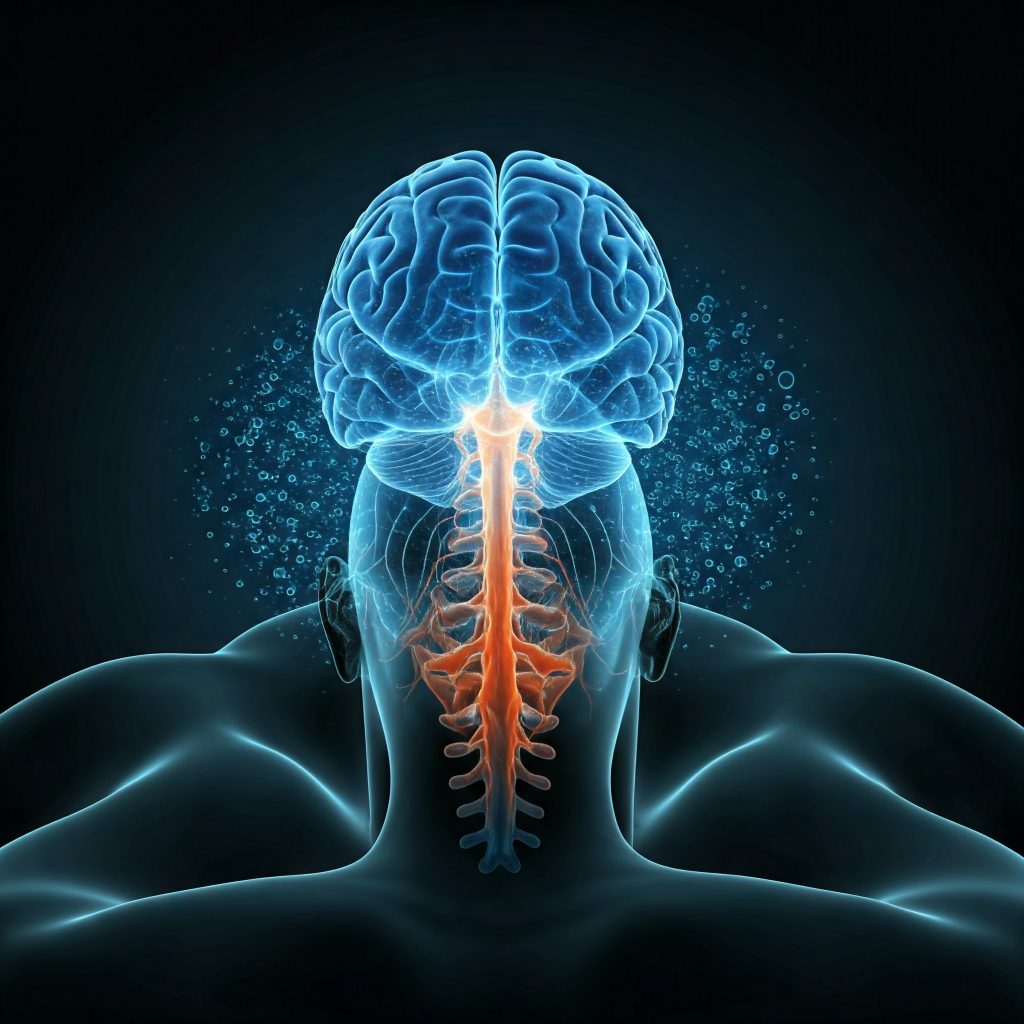
Craniosacral Therapy: Harmonizing the Body’s Rhythms
Craniosacral therapy is a gentle, hands-on approach that uses subtle touch to influence the body’s natural rhythms and promote deep healing. By working with the skull, sacrum, and the intricate network of connective tissue surrounding the central nervous system, skilled practitioners can detect and gently modify rhythmic pulsations known as the Primary Respiratory Mechanism (PRM).
These subtle movements, inherent in all living tissues, are essential to health and vitality. Craniosacral therapy, rooted in osteopathic principles, helps to restore balance and harmony within the PRM, supporting the body’s innate capacity for self-regulation and healing.

Some conditions addressed with Cranial Sacral treatments:
- neck and spine pain
- whiplash
- concussions
- eye tensions
- facial pains
- post epidurals
- spinal disc problems
- constipation
- IBS- irritable bowel syndrome
- seizures
- scoliosis
- migraine headaches
- disturbed sleep cycles
- asthma
- sinus infections
- TMJ syndrome
- Ménière’s disease and ear problems
- ADHD attention deficit hyperactivity disorder for children who have experienced birth trauma or head trauma
More on cranial therapy…
Using ones hands a practitioner gently frees up restrictions in the movement of cranial bones and associated soft tissues in order to stimulate the flow of the cerebrospinal fluid (CSF), which bathes all the surfaces of the brain and the spinal cord. Practitioners of this type of therapy believe that distortions in the natural rhythms of the central nervous system may result from trauma of all sorts including birth trauma, childhood injuries, automobile accidents, even psychological trauma. In addition to treating a wide range of medical problems associated with pain and dysfunction, cranial work is also increasingly used as a preventative health measure for its’ ability to bolster resistance to disease. The overall effect of a treatment session can be very calming. The patients is clothed and lying on their back, though sometimes asked to curl up on one side.
Osteopathy works under the premise that the cranium, as well as all the other tissues and systems of the body, are in a constant motion. The motion is imparted to all living tissues as a “micro-mobility” termed motility, which is expressed at a frequency that is detectable by the human hand through precise and experienced palpation. This motility is the focus of much scientific research.
